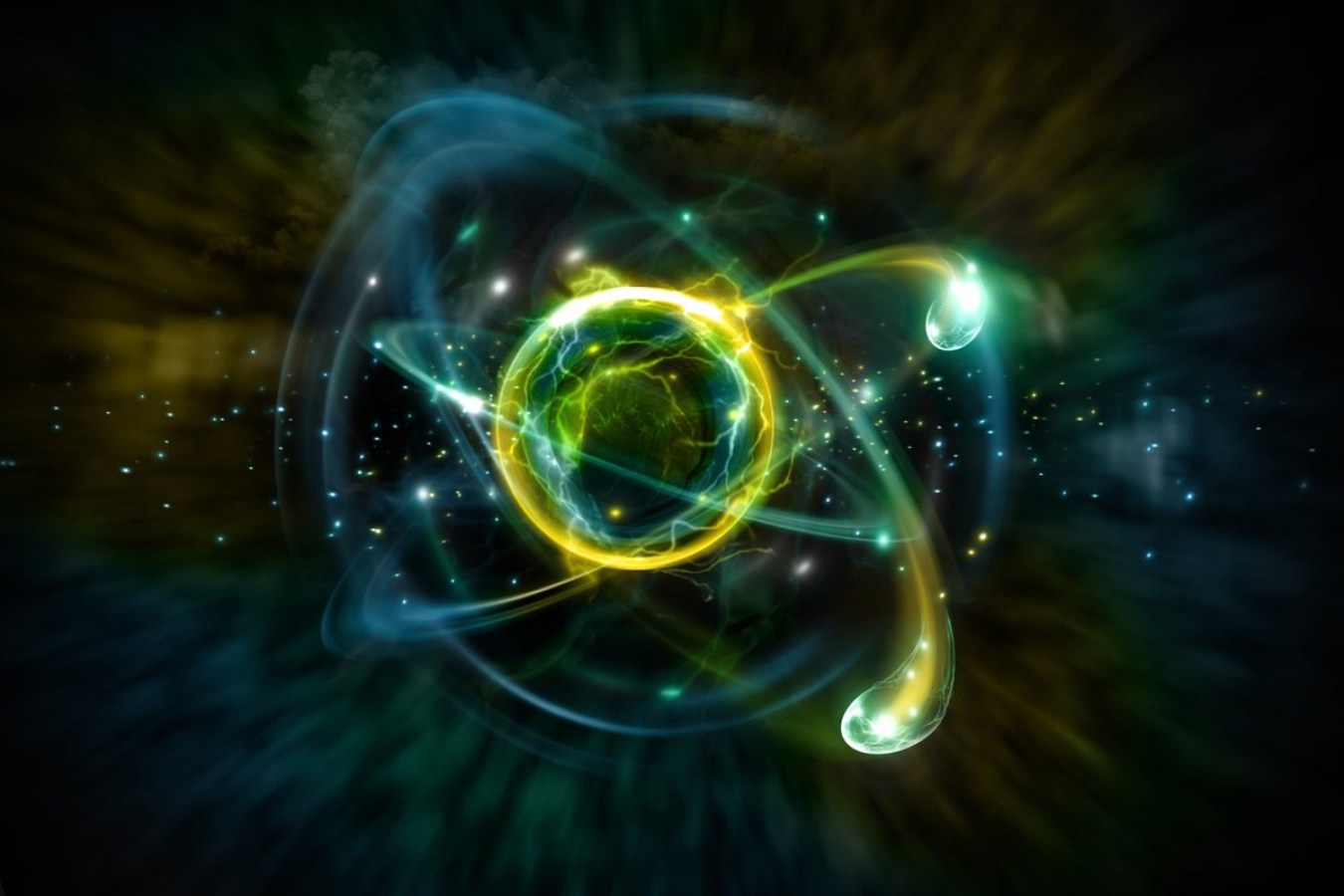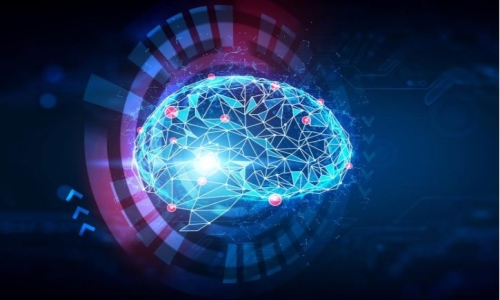


 7:3:5
7:3:5  2019-03-03
2019-03-03  1171
1171

Here's a mysterious truth that scientists have known since 1983: Protons and neutrons act differently when they're inside an atom, versus floating freely through space. Specifically, the subatomic particles that make up those protons and neutrons, called quarks, slow down massively once they're confined to a nucleus in an atom.
Physicists really didn't like this, because neutrons are neutrons whether they're inside an atom or not. And protons are protons. Both protons and neutrons (which together make up the class of particles called "nucleons") are made up of three smaller particles, called quarks, bound together by the strong force.
"When you put quarks into a nucleus, they start to move slower, and that is very weird," said study co-author Or Hen, a physicist at the Massachusetts Institute of Technology. That's strange because the powerful interactions between quarks mainly determine their speed, whereas forces that bind the nucleus (and also act on quarks inside the nucleus) are supposed to be very weak, Hen added.
And there's no other known force that should be modifying the behavior of quarks in a nucleus so intensely. Yet, the effect remains: Particle physicists call it the EMC effect, named for the European Muon Collaboration, the group that discovered it. And until recently, scientists weren't sure what caused it.
Two particles in a nucleus are typically pulled together by a force of around 8 million electron volts (8 MeV), a measure of energy in particles. Quarks in a proton or neutron are bound together by about 1,000 MeV. So it doesn't make sense that the comparatively mild interactions of the nucleus are dramatically impacting the powerful interactions inside quarks, Hen told Live Science.
"What is eight next to 1,000?" he said.
But the EMC effect doesn't look like a mild nudge from an outside force. Though it varies from one sort of nucleus to the next, "It's not like half a percent. The effect pops out of the data once you are creative enough to design an experiment to look for it," Hen said.
Depending on the nucleus involved, the apparent size of the nucleons (which is a function of their speed) can change by 10 to 20 percent. In a gold nucleus, for example, protons and neutrons are 20 percent smaller than they are when they float freely.
Theoreticians came up with lots of different models to explain what was going on here, Hen said.
"A friend of mine joked that EMC stood for 'Everybody's Model is Cool' because every model seemed like it could explain it," he said.
But over time, physicists did more experiments, testing those different models, and one after another fell away.
"No one could explain all of the data, and we were left with a big puzzle. We have a lot of data now, measurements of how the quarks move inside all kinds of different nuclei, and we couldn't explain what was going on," he said.
Instead of trying to explain all of the puzzle at once, Hen and his colleagues decided to look at a just one special case of neutron and proton interaction.
Under most circumstances, protons and neutrons in a nucleus don't overlap with each other, instead respecting one another's boundaries — even though they're really just systems of bound quarks. But sometimes, nucleons get linked together within existing nucleus, and start to briefly, physically overlap with one another, becoming what scientists call “correlated pairs.” At any moment, about 20 percent of nucleons in a nucleus overlap in this way.
When that happens, enormous amounts of energy flows among the quarks, fundamentally changing their bound structure and behavior — a phenomenon caused by the strong force. In a paper published Feb. 20 in the journal Nature, the researchers argued that this energy flow precisely accounts for the EMC effect. [The Standard Model of Particle Physics]
The team bombarded lots of different types of nuclei with electrons , and found a direct relationship between these nucleon pairs and the EMC effect.
Their data strongly suggest, Hen said, that the quarks in most nucleons don't change at all when they enter a nucleus. But those few involved in nucleon pairs change their behavior so dramatically that they skew the average results in any experiment. That many quarks packed into such a small space causes some dramatic strong force effects. The EMC effect is the result of just a minority of anomalies, rather than a change to the behavior of all protons and neutrons.
From the data, the team derived a mathematical function that accurately describes how the EMC effect behaves from one nucleus to the next.
"They [the authors of the paper] made a prediction, and their prediction was more or less confirmed," said Gerald Feldman, a physicist at George Washington University who wrote an accompanying News & Views article in the same issue of Nature but was not involved in the research.
That's strong evidence that this pairing effect is the real answer to the EMC mystery, Feldman told Live Science.
After 35 years, particle physicists seem to have solved this problem with too many no-good solutions. Hen said he and his colleagues already have follow-up experiments planned to probe the issue even more deeply, and reveal new unknown truths about the behavior of paired-up nucleons inside atoms.
By Rafi Letzter, Live Science
Reality Of Islam |
|

Researchers

A new chip-

A large inf

Choosing th
 9:3:43
9:3:43
 2018-11-05
2018-11-05
10 benefits of Marriage in Islam
 7:5:22
7:5:22
 2019-04-08
2019-04-08
benefits of reciting surat yunus, hud &
 9:45:7
9:45:7
 2018-12-24
2018-12-24
advantages & disadvantages of divorce
 11:35:12
11:35:12
 2018-06-10
2018-06-10
 6:0:51
6:0:51
 2018-10-16
2018-10-16
 7:34:7
7:34:7
 2023-02-28
2023-02-28
 10:35:40
10:35:40
 2022-05-26
2022-05-26
 7:45:39
7:45:39
 2018-06-21
2018-06-21
 9:42:16
9:42:16
 2022-10-19
2022-10-19
bahlool & the throne of haroun rashid
 8:20:35
8:20:35
 2018-06-21
2018-06-21
 7:6:7
7:6:7
 2022-03-21
2022-03-21
 2:34:48
2:34:48
 2022-01-18
2022-01-18
 5:41:46
5:41:46
 2023-03-18
2023-03-18
| LATEST |